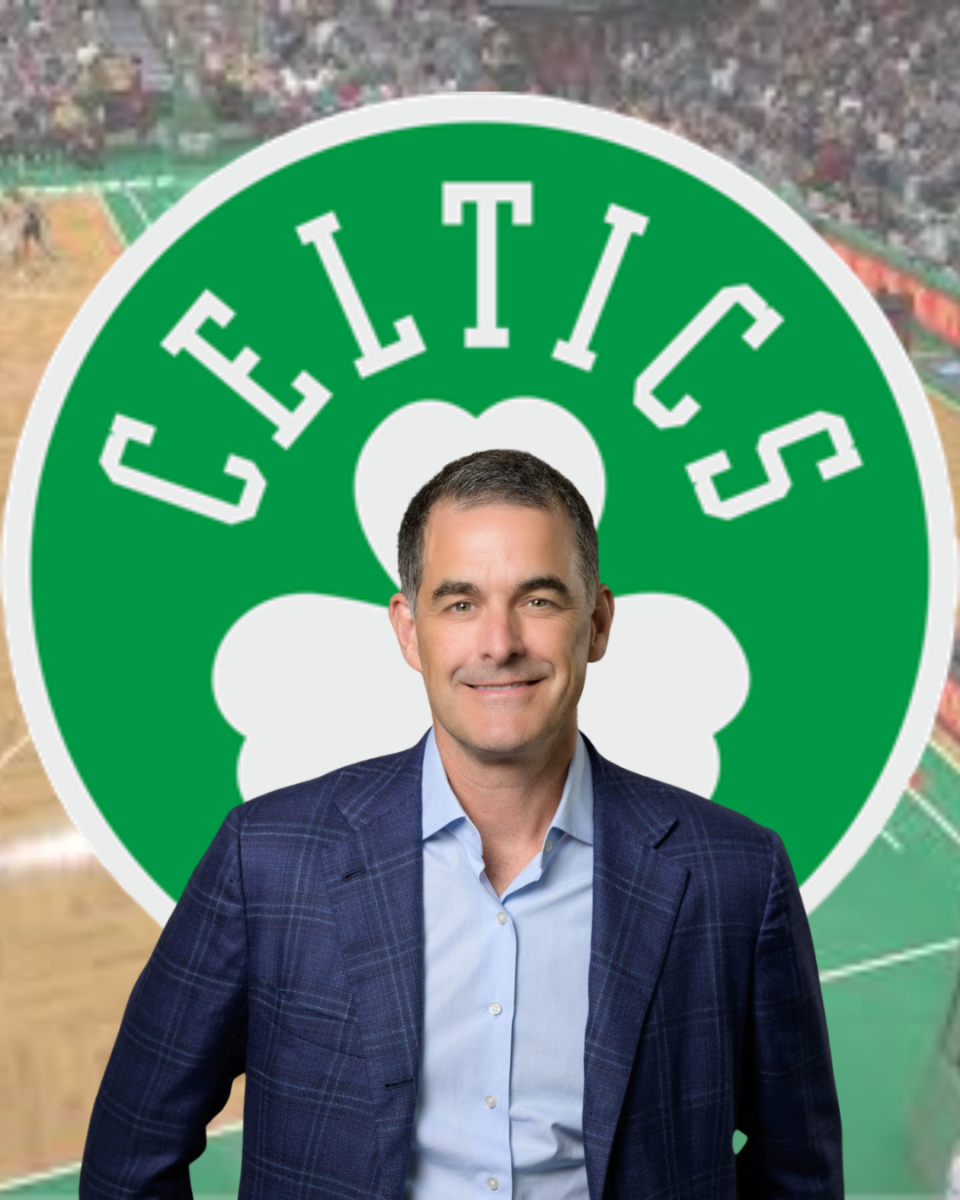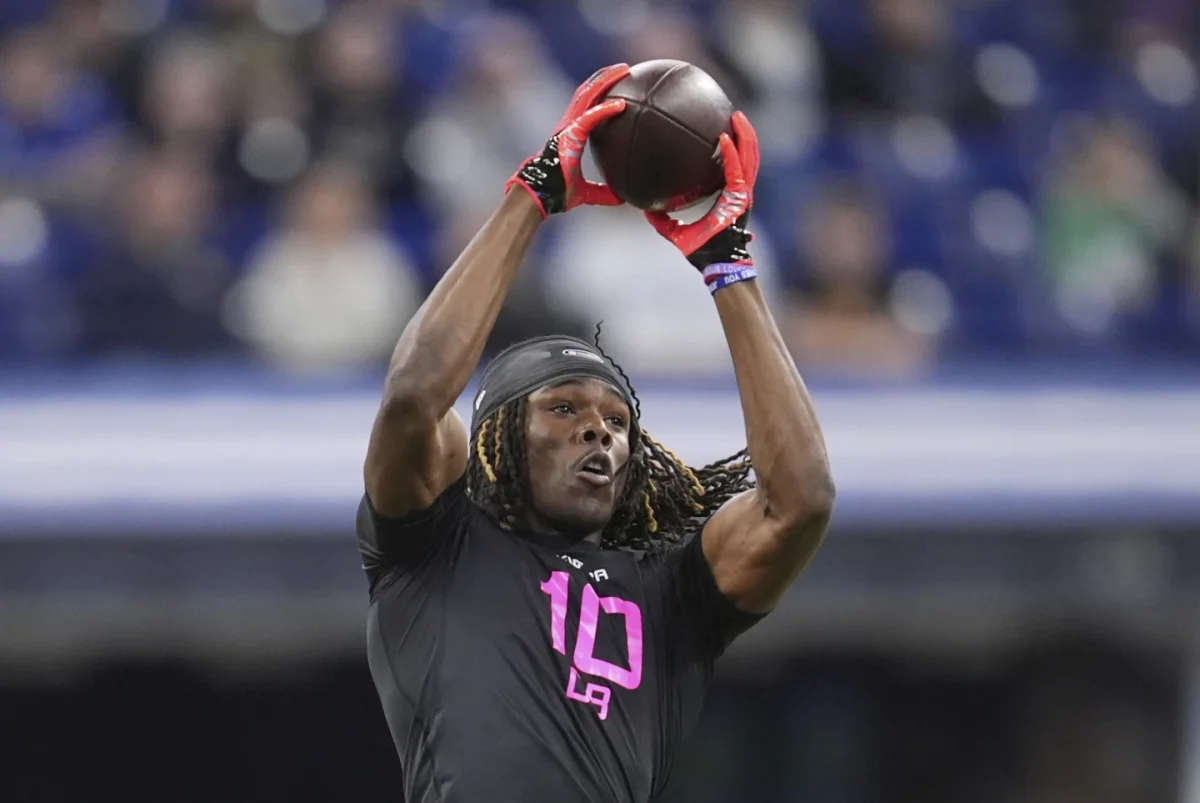
A chasm has developed in the youth soccer community, one that will force the top high school players to choose between playing for their town, or their club team as they embark on the U.S. Soccer Development Academy’s new ten-month season that starts this September. Created in 2007, the academy is in partnership between U.S. Soccer and 78 of the top club teams in the country, including New England Revolution and F.C. Greater Boston Bolts, with the stated aim to develop the next generation of players for the U.S. men’s national team. Several of the elite Bay State League players have been forced to choose between the two, including Walpole’s own Junior Bobby Ivatts.
According to the U.S. soccer website, moving to a ten-month season allows players to train together three or four times per week and play meaningful games on the weekend nearly year-round. Fewer games and an extended season will allow for the addition of a substantial number of extra training sessions, which are the primary vehicle for player development.
Jurgen Klinsmann, the U.S. national team coach, lauded the new 10-month season, which is modeled after the European training schedule. “This is the model that the best countries around the world use for their programs,” he said in his interview on ussoccer.com, “and I think it makes perfect sense that we do, as well.”
Two of the most promising players in the Bay State league, Senior goalkeeper Scott Greenwood of Weymouth and Junior striker Harry Swartz of Needham, have given in to Klinsmann’s new ambition to move the standout athletes away from their high school teams, so they can increase their chances of playing at a division one school. Thus, they will be watching in street clothes while their former teams take on Walpole later this season.
Of course, not everyone agrees with Klinsmann’s assessment or the decision to force the elite players to choose between high school soccer and the academy clubs, including the Walpole midfielder Ivatts. Ivatts opted to play for the high school, rather than competing for his club team, F.C. Greater Boston Bolts, one of the 78 clubs teams in partnership with U.S. Soccer.
“It was one of the hardest decisions I have ever made,” said Ivatts, “Socially, there is nothing like playing a sport with the guys you go to school with, but my life dream has always been playing soccer at the professional level, so I had to assess my values really good. But after having so much fun at the soccer camp over the summer and winning our summer league in Norton, I knew that the decision was clear—I was going to play high school soccer.”
He said later, “The environment is different and club players will miss out on that, but in the near future I bet players won’t even have a chance to experience high school soccer because the decision will already be made for them—they will be playing for their club team freshman year.”
At the end of the day, it’s going to be only about soccer. At the high school level, the focus isn’t just on soccer but also the development as a student-athlete and human being. That’s where the kids will be missing out. However, each player has his own opinion and will have to decide for himself what his soccer ambitions are.








